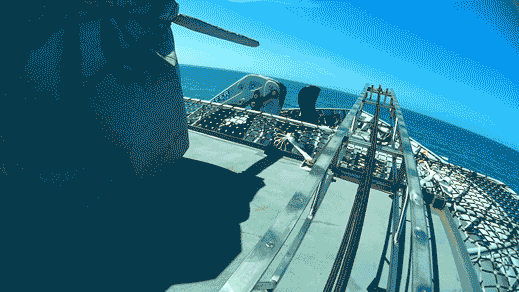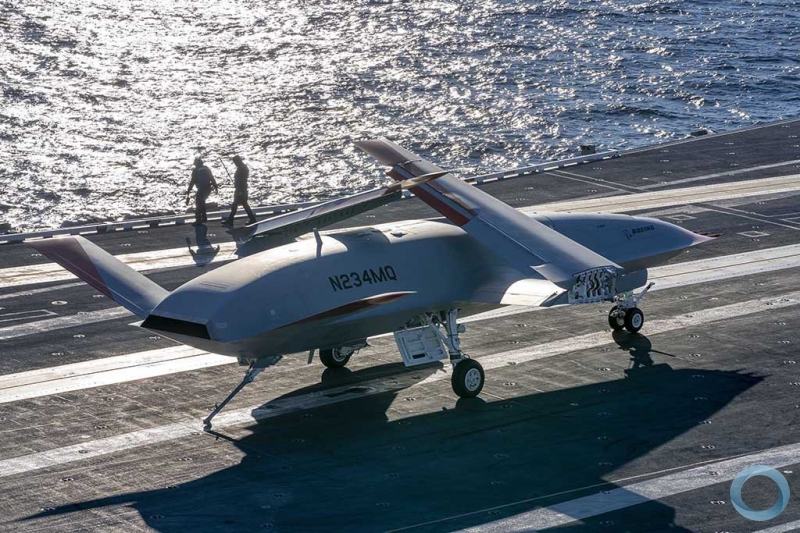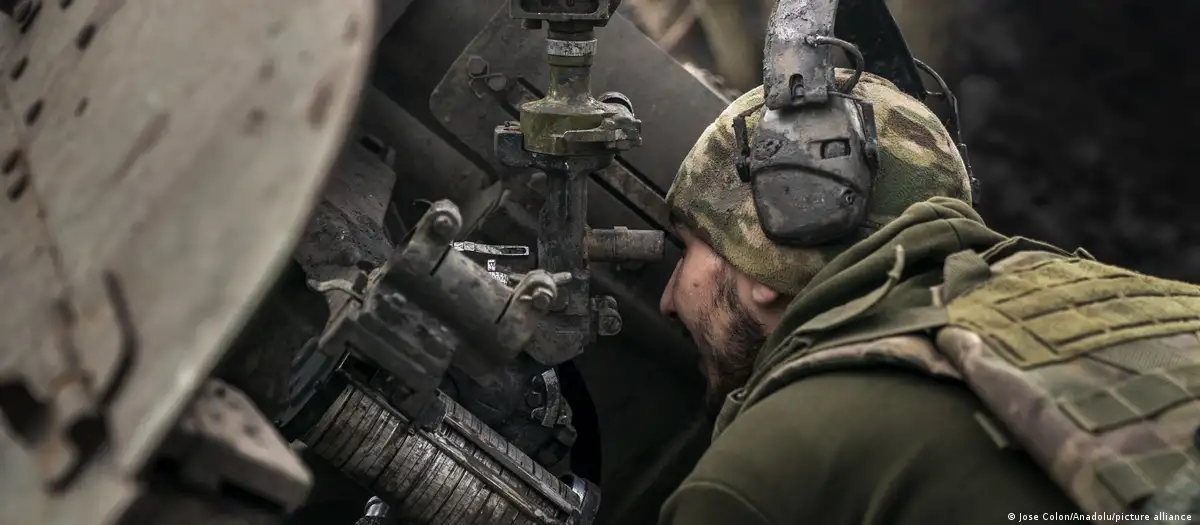By Paul Marks
Source – MIT Technology Review
On Tuesday this week, the Royal Navy ship HMS Mersey launched something unusual from its gun deck off England’s southern coast—a cheap drone made using a 3-D printer.
The three-kilogram craft with an airplane-style design was launched by a three-meter catapult and autonomously flew between a few preprogrammed waypoints for five minutes before being piloted to a safe belly landing on a pebbly beach.
The cheap drone had been printed on shore and then assembled on the ship. The test was meant to demonstrate how more-or-less disposable drones that could, in a pinch, be printed onboard might cut costs and let a crew adapt quickly to a new mission, for example after a natural disaster.
Making plastic drones for Navy ships using conventional mass production techniques doesn’t offer such flexibility and is also more expensive because the numbers needed aren’t large enough to offset setup costs, says Geoff Hayward, UAV desk officer at the Maritime Warfare Centre, who was onboard HMS Mersey to oversee the flight.
Before the test, it wasn’t clear whether a low-cost printed drone could handle rolling swell and windy conditions, he says. “As far as we know, it was a world first.” The technology was developed in partnership with researchers and a 3-D printing company, and could find its way into civilian and commercial use.


The 1.5-meter-wingspan, propeller-driven drone was developed by aeronautical engineers at the University of Southampton and is known as Sulsa. It is clipped together from four parts made by a printer that fuses together nylon powder with a laser. Even the craft’s hinged control surfaces like rudders and ailerons are made in the printer. A battery, control electronics, propeller, and motor are needed to complete the drone, and sensors like cameras and radar can also be added. The finished drone can fly at up to 100 miles per hour.
Ship-launched drones already exist but are typically much larger and cost millions of dollars, says Jim Scanlan, a professor at Southampton who works on Sulsa. “The navy thinks today’s ship-launched UAVs are too expensive,” he says.
Scanlan singles out Boeing’s Scan Eagle surveillance drone as an example. “Whoever is operating it is always petrified they might lose one,” he says. “If its single engine coughs, it goes for a swim.”
The Sulsa can be printed for just a few thousand dollars, says Scanlan. He concedes that it can fly for only 40 minutes. But that could be enough for missions such as responding to reports of piracy, where being able to easily check out a vessel from a distance of 10 miles or so is valuable. “If they shoot at it, who cares? You send another one up,” says Scanlan.
He envisages ships putting out to sea carrying printed parts to make up to 50 drones as well as a 3-D printer and the powder feedstock needed to print spares or bespoke vehicles for different missions, which might require different sensors. However, work remains to be done to prove that printing planes at sea makes sense. Printing the parts for a Sulsa takes hours, and existing printers would need to be modified so they could stay level at sea.
































